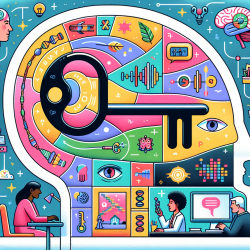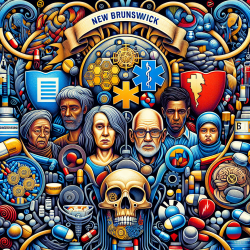Introduction
Creating an environment where youth feel safe, valued, and empowered to express their authentic selves is crucial for their development. The research article, “Here I can just be myself”: How youth and adults collaboratively develop an identity-safe community across difference, provides valuable insights into building such communities. This blog will explore the key findings of the study and offer practical guidance for practitioners looking to implement these strategies in their programs.
The Importance of Identity-Safe Communities
Identity-safe communities are environments where individuals can engage without fear of stigmatization, allowing them to explore their identities and engage in positive risk-taking. The study highlights the significance of these communities in promoting psychological health and resilience among underrepresented youth. By fostering a sense of belonging, these settings empower youth to overcome challenges and develop critical consciousness.
Key Findings from the Research
- Programmatic Activities: Activities that explore youth identities and encourage self-expression are vital. These activities help establish a foundation of trust and openness.
- Authentic Interactions: Practicing authenticity in daily interactions between youth and adults fosters a supportive environment where all voices are valued.
- Dynamic Communication: Facilitating open communication across intergenerational friendships enhances understanding and collaboration.
Practical Applications for Practitioners
Practitioners can implement these findings by:
- Creating Inclusive Programs: Design activities that celebrate diversity and encourage youth to share their experiences.
- Encouraging Authenticity: Model authentic behavior and create spaces where youth feel safe to express themselves.
- Facilitating Open Dialogue: Promote open communication and provide platforms for youth to voice their thoughts and concerns.
Encouraging Further Research
While the study provides valuable insights, further research is needed to explore the long-term impact of identity-safe communities on youth development. Practitioners are encouraged to contribute to this growing body of knowledge by documenting their experiences and sharing best practices.
To read the original research paper, please follow this link: “Here I can just be myself”: How youth and adults collaboratively develop an identity-safe community across difference.










